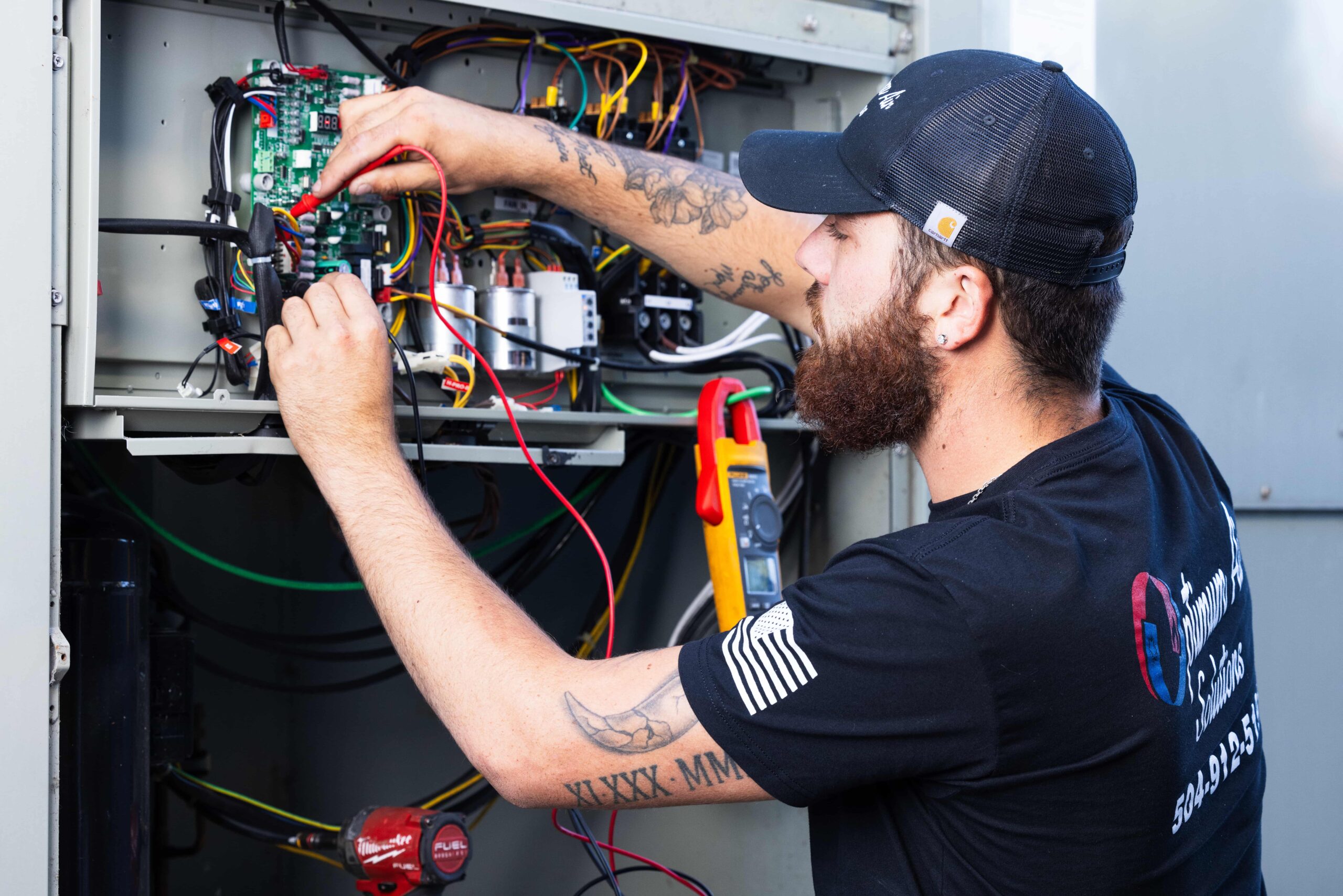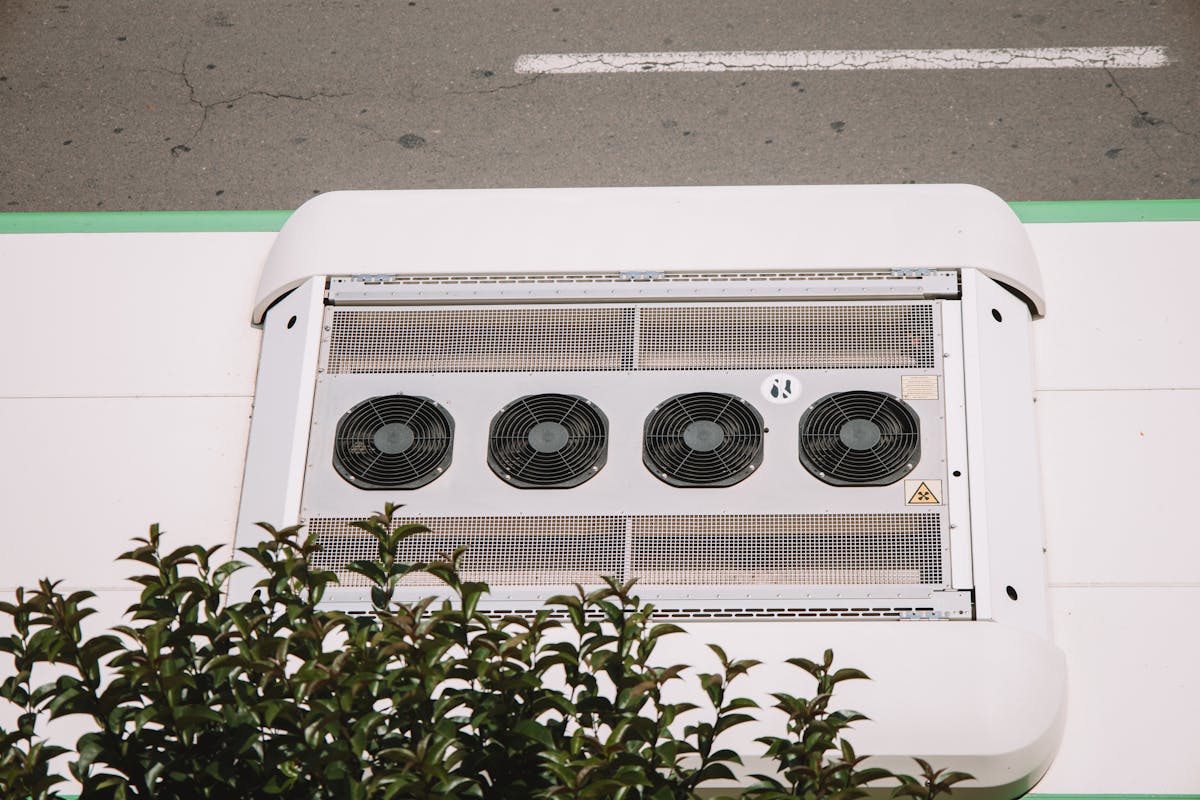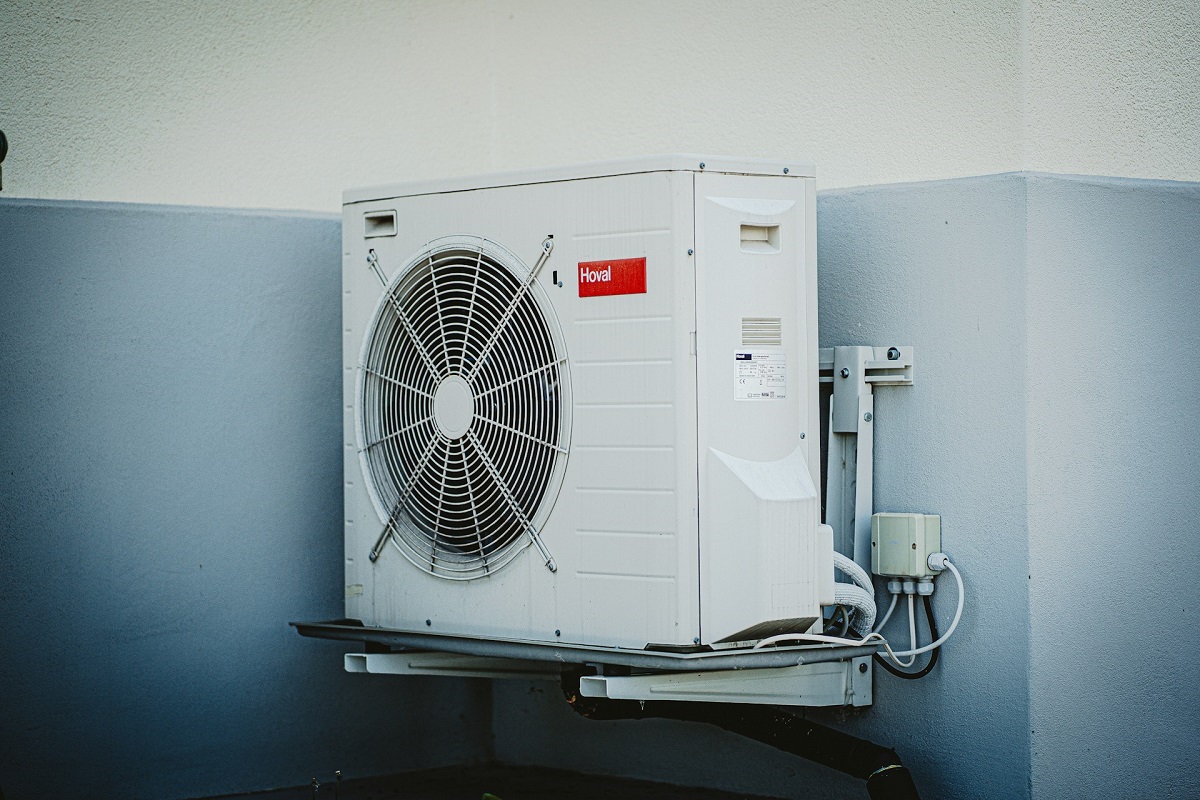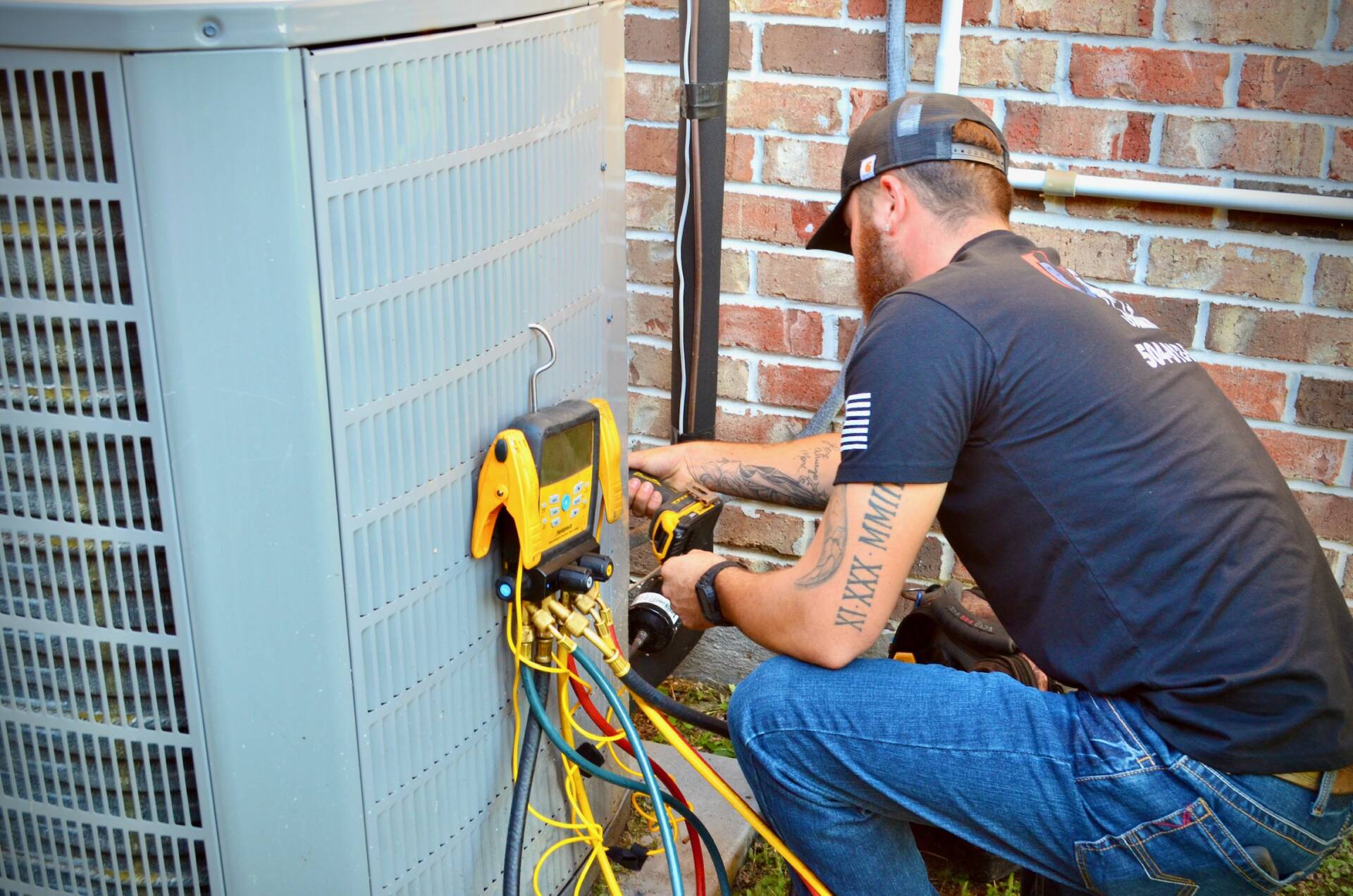
Whether you have central air conditioning or a ductless mini-split, effectively cooling your property likely relies on two things—an indoor unit, and an outdoor unit. These appliances work together to remove hot air and moisture from your property, replacing them with a cool breeze. An AC is an especially necessary tool in a climate like New Orleans’, where it can turn your property into a chilled indoor haven on hot, humid days.
But to truly understand what your indoor AC unit does for your property, you need to know how it works. And our team at Optimum Air Solutions can help you achieve this. With over 20 years of experience repairing and replacing air conditioning and heating systems, we know these appliances like the backs of our hands—and we’d like you to get to know them, too. So let’s dive into the building blocks that make up your indoor AC unit, as well as how central air and mini-splits differ and the technical processes that go into cooling your property.
What are the Components of Your Indoor AC Unit?
To understand how your indoor AC unit works, you must look to its components. These include:
- Evaporator coil: After the outdoor condenser cools your system’s refrigerant—a chemical which absorbs heat—it sends it to the evaporator coil. Here, warm air and humidity are pulled into your unit, where the air is drawn across the refrigerant in order to cool it.
- Blower: A fan which pushes the cooled air back into your space
- Condensate drain pan: Holds any collected moisture which drips from the evaporator coils
- Air filter: A screen which blocks dust and dirt from getting into your air conditioning system
- Ductwork: A network of tubing, often made from sheet metal, that ferries heated and cooled air in and out of your property through supply and return vents. Ductwork is not present in all air conditioning systems; mini-splits, for example, are designed to function without the use of air ducts.
- Expansion valve: Reduces pressure on the liquid refrigerant before it enters into the evaporator coil, allowing it to rapidly cool as it releases the absorbed heat. In mini-split systems, this may be located within the outdoor unit.
- Thermostat: An appliance which allows you to turn your air conditioning on and off, as well as control the temperature
Knowledge is power—and when it comes to your air conditioning system, it is a very useful tool indeed. Identifying indoor AC components not only allows you to gain a deeper understanding of your cooling system, but is also the first step toward being able to identify where any issues plaguing your system are coming from.
Of course, not every air conditioner has the same layout. Central air conditioning and ductless mini-splits differ in several ways—particularly in how they deliver cooled or heated air. While central air conditioners provide air to your entire property via ducts, mini-split systems can only provide air to the rooms which have an indoor unit. However, one of the mini-split system’s unique benefits is that, while each indoor unit has to be completing the same function (heating or cooling), they can be set to different temperatures. This allows the occupants of each room to determine how warm or cold they’d like the air to be.
How Does Your Indoor AC Unit Work?
Now that you know the components of indoor cooling systems, you can consider another couple of questions: What is the inside AC unit, and how does it work?
To begin the cooling process, the indoor AC collects heat and humidity from your property by pulling hot air into the return vents or individual units. Central air conditioning systems pull this air through the ducts toward your indoor unit, which may be located in your property’s attic or basement. Some are also located in closets. The air is cooled by the refrigerant in the evaporator coil and pushed back through the ducts by blower fans, after which the heated, gaseous refrigerant travels outside to the compressor. This section of the air conditioning system pressurizes the refrigerant before sending it over to the condenser coils. Here, fans help the refrigerant to rapidly cool and turn back into a liquid. After the expansion valve reduces the pressure on the refrigerant and lets through just the right amount to keep your system functioning properly, it is pushed back toward the indoor unit to begin the cycle all over again.
In mini-split systems, the process differs slightly. While mini-splits, like central air, only use one outdoor unit, each room which needs air conditioning has its own indoor unit. As such, each indoor unit contains an evaporator coil and fan, cutting out the need for air to travel through ductwork. And while mini-splits can have their downsides, this is another area in which they offer benefits central air cannot. Duct damage and a lack of insulation can lead to energy loss through leaks and temperature differences. As mini-splits are not connected by ductwork, but instead cool and recirculate the air right inside the room each unit is located in, energy loss is not an issue.
Contact Optimum Air Solutions for Your Air Conditioner Needs
So, what is the inside AC unit? It is a collection of components—including ductwork, air filters, evaporator coils and fans—which keep your property’s air fresh, cool and humidity-free. Maintaining this system may not only keep your air quality high and your energy bill low, but it can also ensure that your system will be functioning properly for a long time to come.
At Optimum Air Solutions, our team has over 20 years of experience maintaining, repairing, replacing and installing air conditioning systems for customers all over the Greater New Orleans area. No matter the model, our expert technicians are ready to offer advice, consider your preferences and the needs of your building, and complete any of our comprehensive services quickly and efficiently. So if you would like to learn more about your indoor AC unit, or if you are interested in scheduling a routine maintenance visit, give us a call or send us a message today.
continue reading
Related Posts
“Comfort is the quiet hero of any home.” Open floor
It’s no easy feat staying cool in the heat of
“Efficiency is doing better than what is already being done.”



